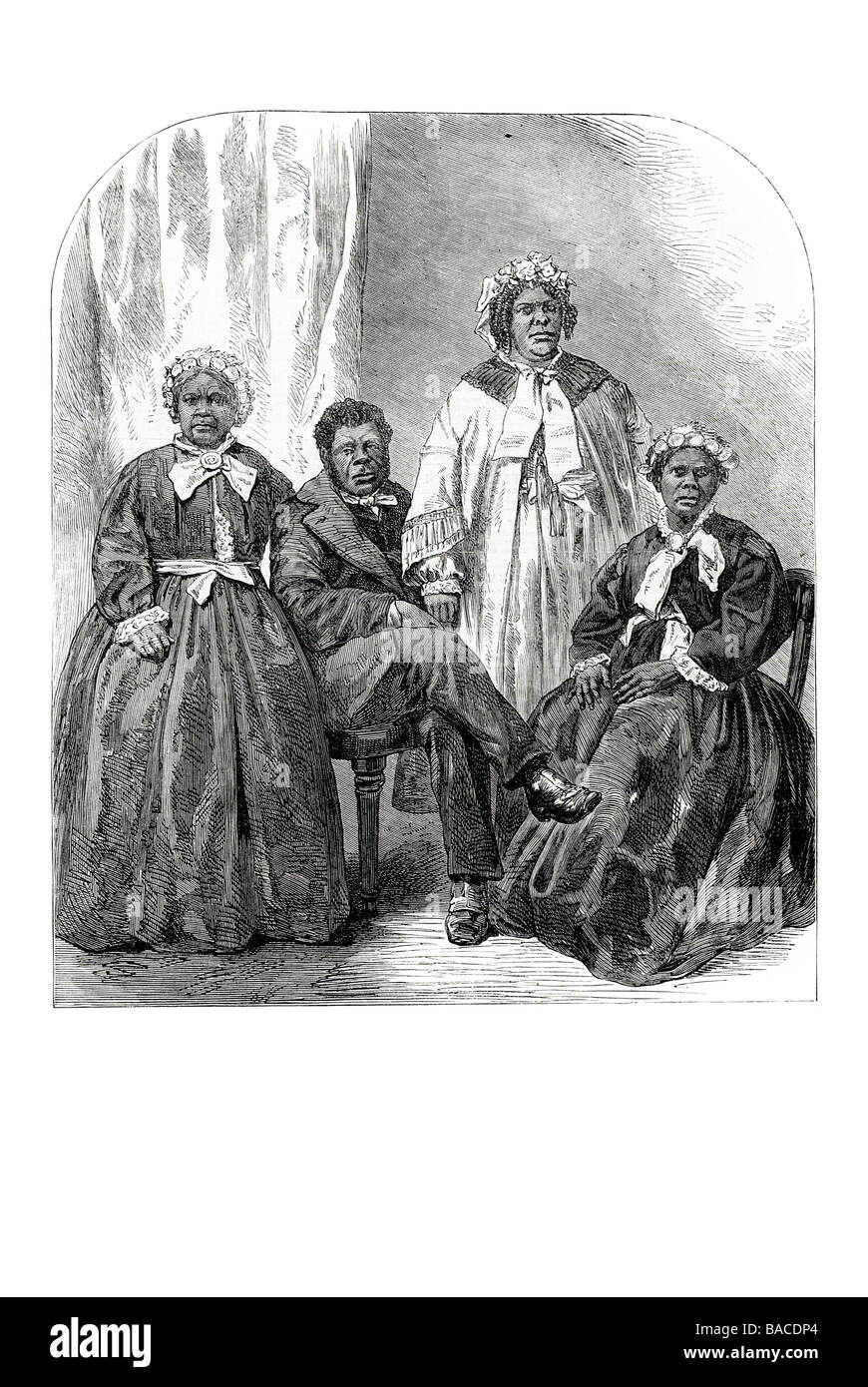the last remaining surviving natives of tasmania 1865 Aboriginal Aborigines Australia Palawa

Image details
Contributor:
19th era / Alamy Stock PhotoImage ID:
BACDP4File size:
48.3 MB (3 MB Compressed download)Releases:
Model - no | Property - noDo I need a release?Dimensions:
3363 x 5025 px | 28.5 x 42.5 cm | 11.2 x 16.8 inches | 300dpiDate taken:
23 March 2008More information:
The Tasmanian Aborigines Aboriginal name Palawa are the indigenous people of the island state of Tasmania, Australia. During 1803–33, the population of the Tasmanian Aborigines was reduced from an estimate of around 5, 000 to around 300, largely from diseases introduced by British settlers and conflict with British settlers. One of the last "full blooded" Palawa, a woman called Trugernanner (often rendered as Truganini), died in 1876. However, many people of Palawa descent remain and some aspects of traditional Palawa culture have survived among them. Almost all of the Indigenous Tasmanian languages have been lost. Currently there are some efforts to reconstruct one of the languages from the available wordlists and to revive the aboriginal culture from aspects maintained in some families who can trace their descent from aboriginal people. Some members of the modern-day descendant community who claim ancestry to Tasmanian Aborigines are the result of the pre-colonisation Aboriginal population having been heavily intermixed with later-arriving European settler communities (particularly those originating from the British Isles). The social organisation of Tasmanian Aborigines had three distinct levels: the domestic unit or family group, the social unit or band which had a self- defining name with 40 to 50 people, and collections of bands comprising tribes which owned territories. Even though territories were owned there was substantial movement and migration by bands to utilise and share abundant food resources in particular seasons. It is believed that prior to European arrival in Tasmania, the Aboriginal people of Tasmania had a combined population of from 4, 000 to 10, 000 people. The Tasmanian aborigines were a primarily nomadic people who lived in adjoining territory, moving from area to area based on seasonal changes in food supplies such as seafood, land mammals and native vegetables and berries. The different tribes shared similar languages and culture.